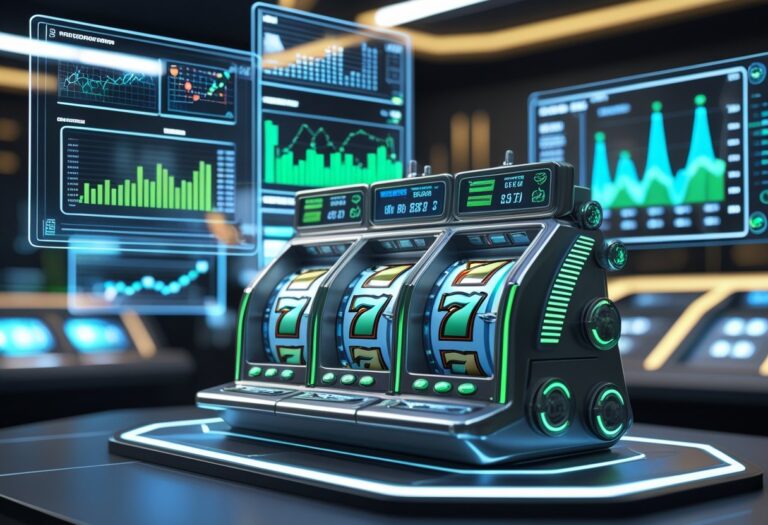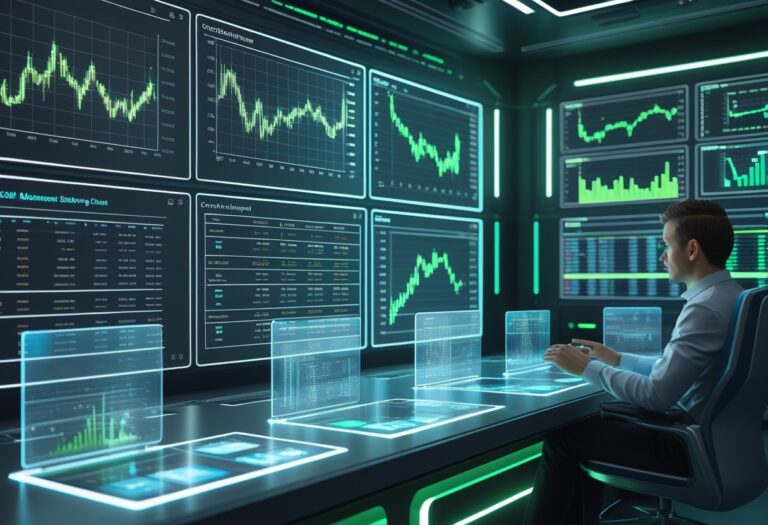
There Is Always a Better Microphone, Speaker, Amplifier, or Sound Processor
There is no absolute need to break the bank in order to sing along to the accompaniment of a complete karaoke soundtrack. A good sound processor combined with the same mixing board and amplification equipment you have already should make for noticeable improvement in sound performance quality. Using these criteria removes the barriers of technical jargon and enables those who are not engineers to understand a fairly technical subject. However, anyone who has attempted to understand the multitude of individual articles on the subject will know there is no one-size-fits-all solution.
Understanding Key Components
In the construction of any high-quality karaoke project, the three main elements are most important:
- High-quality microphones in the $200 – $400 range
- A sound system using reliable audio processors to reduce feedback
- Amplification equipment suitable for the size of your audience
Myths Surrounding Equipment
Many venue owners and home karaoke fans tend to overrate premium brand names at the cost of basic specifications. Present-day intermediate gear often delivers equivalent sound quality to high-end equipment at a fraction of the price. Important factors to consider include:
- The functions of the digital signal processor
- Frequency response: Look for a lower-number specification (e.g., 20Hz-20kHz) for accurate low bass note reproduction
- A-D and D-A conversion quality: Avoid relying on exaggerated audiophile magazine claims
Great Sound on a Reasonable Budget
By carefully selecting key components, it is possible to achieve superb karaoke performance at a lower cost. Effective strategies include:
- Optimizing room acoustics
- Creating a balanced audio network
- Placing speakers slightly apart in two rows
- Matching impedance correctly
By understanding these fundamental components, both venues and amateur enthusiasts can achieve professional-grade karaoke sound without unnecessary expenses.
What Makes Up a Karaoke System?
Core Components of a System
A professional karaoke system builds on several major components that work together to deliver top-notch performance. Understanding these components ensures audiences experience excellent sound reproduction and fidelity.
Audio Processing and Amplification
The professional mixer amplifier acts as a central processing station, offering clear signal handling and vocal enhancement. Karaoke amplifiers include:
- Vocal enhancement processing
- Digital echo control
- Management of multiple inputs
- Real-time key adjustment
Professional Microphone Specifications
High-quality microphones with cardioid pick-up patterns are essential for clear vocal reproduction. Key specifications include:
- Frequency response: 50Hz – 15kHz
- Cardioid polar pattern: Reduces feedback
- Low handling noise
- Durable metal construction
Media Playback Compatibility
A professional karaoke system should support multiple media formats, including:
- CDG file support
- MP3+G capability
- Digital video formats
- USB connectivity
Speaker System Specifications
Professional-grade speakers require:
- Minimum 300W power handling
- Clear mid-range reproduction
- Balanced frequency response
Display Technology Integration
For optimal video playback, projectors and displays should feature:
- Minimum 1080p resolution
- High brightness (300 nits+) and wide viewing angles
- Quick refresh rates
- Consistent and clear colors
Older VGA-compatible systems should be replaced with modern digital formats to ensure high-quality visuals.
Best Practices for Sound Quality
Connectors and Wiring
High-quality gold-plated connectors do not significantly impact sound quality in normal venue environments. Instead of investing in gold-plated equipment, focus on:
- Proper impedance matching
- Well-insulated cables
- High-quality amplifiers and speakers
Price-Performance Relationship
Mid-range microphones ($200 – $400) often match or exceed the performance of premium-grade models costing over $1,000. The key is choosing equipment based on practical use rather than price.
Environmental Acoustics
Proper room acoustics significantly impact sound quality. Key considerations include:
- Frequency response compatibility
- Durability and reliability of equipment
- Additional features unique to the venue
Power and Speaker System Optimization
Calculating Power Requirements
- Residential karaoke setups typically require 100 – 200W systems
- Commercial venues need 400W or more for professional sound
Professional Speaker System Specifications
An ideal speaker system should include:
- 10- to 12-inch woofers
- 1-inch compression driver tweeters
- Frequency response of 20Hz-20kHz
- 95dB efficiency rating
These specifications ensure clear vocal output and full-range audio reproduction.
Advanced Signal Processing

A professional karaoke system must include advanced signal processing features such as:
- Built-in feedback eliminators
- Multi-band equalizers
- 호치민 밤문화
- Digital effect generators
To ensure smooth operation:
- Signal latency should be under 20ms
- Signal-to-noise ratio should exceed 90dB
- Compression/limiting features prevent distortion at high volumes
Digital vs. Traditional Equipment
Selecting Equipment for Karaoke Venues
Karaoke venue operators must decide between digital and analog systems, each with unique benefits.
- Digital systems:
- Store thousands of songs on hard drives
- Require minimal physical media maintenance
- Offer consistent playback quality
- Analog systems:
- Preferred by audiophiles for warmer mid-range vocals
- Require regular maintenance
- Have longer-lasting hardware
Advanced Features of Digital Karaoke Systems
- Real-time pitch control
- Instant song selection
- Automatic playlist management
- Remote software updates
Reliability Considerations
To ensure system longevity:
- Digital platforms require secure software updates and maintenance
- Analog systems need regular physical upkeep
Venues should select equipment based on:
- Daily volume of use
- Availability of technical maintenance
- Sound quality requirements
- Financial constraints
- behind an epic karaoke setup
- Space restrictions
Karaoke equipment is a long-term investment, so choosing the right system is critical.
Budgeting for Karaoke Equipment
Understanding Costs
A balanced approach to initial investment and operational expenses ensures financial sustainability.
Budget Ranges and Recommendations
- Home karaoke systems: $300 – $800
- Professional setups: $1,000 – $2,500
Strategic Budget Allocation
The 40-30-30 Rule:
- 40% Core System: Premium amplifiers and speakers
- 30% Audio Equipment: Professional microphones and sound processors
- 30% Supportive Elements: Software licenses, music library, accessories
Operational Costs and Long-Term Planning
Annual maintenance typically costs 15-20% of the initial investment, covering:
- Electricity and power expenses
- Music licensing fees
- Equipment upkeep and repairs
Smart Investment Strategies
- Invest in high-quality core components
- Set aside funds for emergency repairs and system upgrades
- Focus on equipment that offers reliability and longevity



